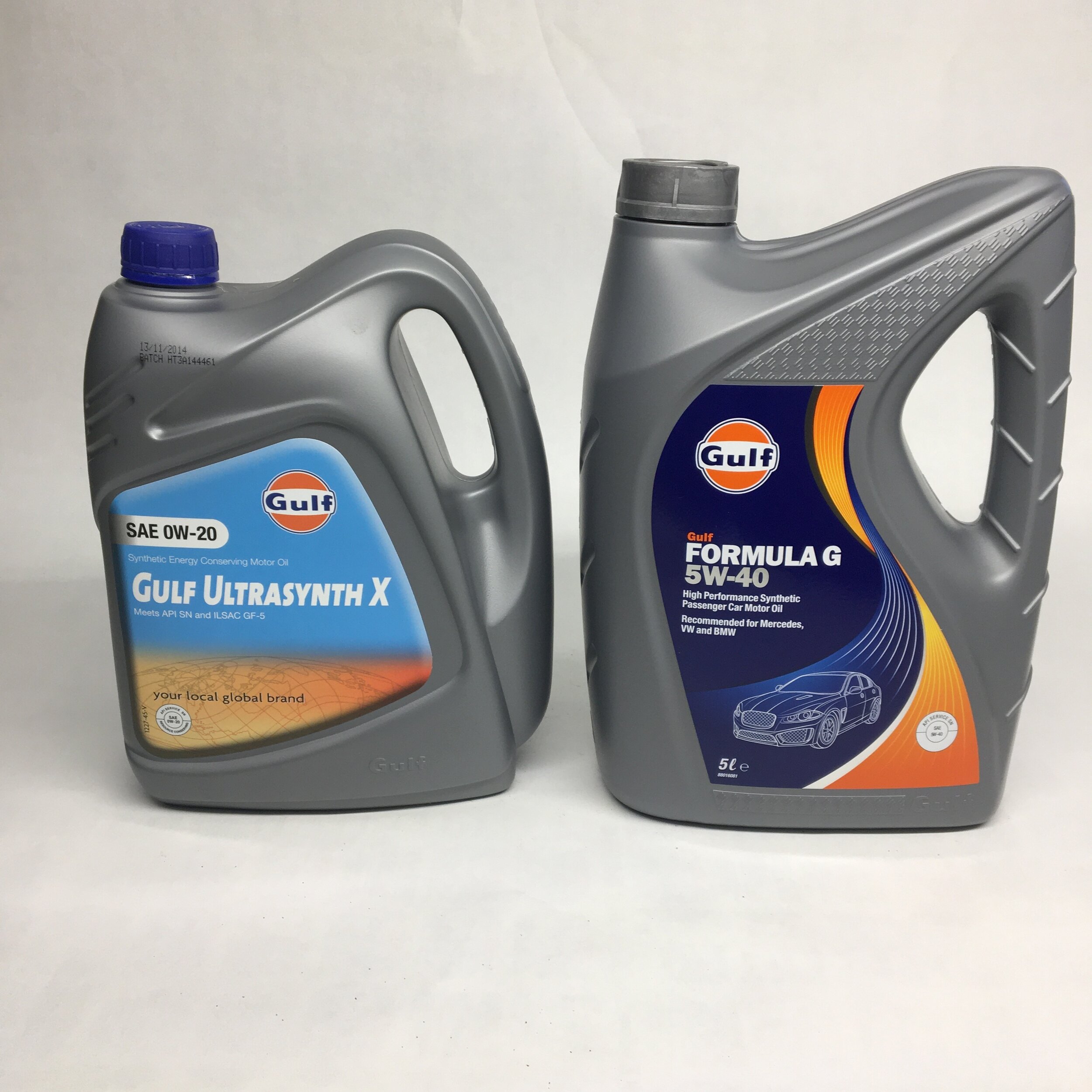Maxxis Tire Tech
Tire Grooving
The tread on some types of tires can be hand cut to increase the size of the existing grooves. Hand-cutting is useful for improving adherence in certain intermediate situations, between dry and thoroughly wet surfaces, or on mixed gravel/rock and sandy surfaces.
The tread efficiency in the conditions for which it was originally designed will no longer be the same. Hand-cutting must be carried out by experts using specialized equipment, suitable for use while observing safety regulations.
Tire Pressure And Temps
Track Temperatures:
Temperatures measured on the tread are an excellent indicator for deciding the best choice of final compound and for optimizing corner adjustments of the vehicle, such as camber and convergence. We recommend measuring the temperature at three different points: Inner (innermost side of the vehicle), center, external tread. In particular, average temperatures must be the ones shown in the table. The difference between the values measured internally, in the center and externally must be maximum 20°, while the difference between the front and rear axis must be no more than 25°. If these values are exceeded, we recommend a different final compound should be used or the vehicle’s geometry should be adjusted.
Pressure:
Working pressure values depend on the size of the tire in relation to the load that it is subjected to. In other words, it will vary according to the type of car, the weight and conditions of use. In particular, as the weight of the vehicle, speeds and accelerations that the tire is subjected to increase, the working pressure must be increased. In any case, tires should not be used at pressures below 1.6 bar. Using excessively low pressures would bring about the breaking of the tire due to excess force on the sidewall or unseating from the rim. "Hot" working pressures are usually in the range of 2.2 - 2.5 bar.
Initial inflation pressures vary in order to obtain these values, depending on whether the tires are preheated or used "cold". Indeed, preheated tires can be inflated to slightly lower values than cold tires. The difference will depend on the type of heater, the time it remains and the environmental conditions.





























